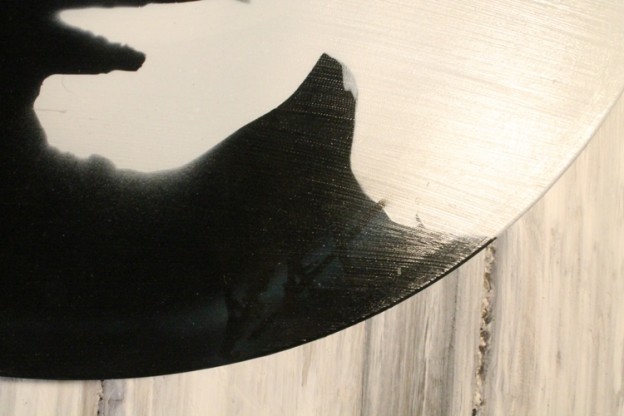By Marion Boddy-Evans
An art learning log is a record of what you have done and learned in an art course, together with your thoughts on what you did. It should record not only what you created, but also include your analysis and opinion of your work, of the process of creating it, and what you feel you learned doing it. Don’t forget to include the work you did in development of a finished piece (painting, drawing, print, etc) such as thumbnails, sketches, references, plus any research on artists or styles.
The self-analysis aspect of your work is a crucial part of an art learning log. Make notes about what you did in a task, but also what you learned doing a project and what you achieved. Write about how you felt doing it, how you feel about the result, what you like and don’t like about it, what you might do differently next time or do again. Any further ideas you’ve had from doing the project. Remember to include the wording of the assignment or project, because that sets out what you’re required to do, what you were aiming to do. You need to critically question what you’ve done, to analyze the results, show a level of self-awareness about your art making (the process and the results).
Be honest with yourself, because that’s how you learn and improve your artistic skills. You might feel vulnerable putting these thoughts into words on paper, that by revealing what you see as your successes and failures you’re sharing too much of yourself. If this is the case, be selective about who sees your learning log. Maybe just yourself and your art tutor. But don’t leave something out because you think it may make you look bad. You’d be shortchanging yourself.
Write it up fairly soon after finished the project, while it’s still fresh in your mind. Ideally, write parts of it as you’re working on the project, as it’s easier than feeling you need to write a long analysis after the event. If, later on, you want to add something or have changed how you feel about something, add this too. But, like a sketchbook, keep everything you’ve done, don’t edit out ‘bad bits’.
Format of a Learning Log:
There is no right or wrong format to a learning log, nor a right or wrong measure of how much to put in. Do it in a format you like, whether it’s word-processed pages you add sketches too, a blog with images, handwritten pages put in a file. Some people like to create a standard sheet to fill in each after a project, with questions to help guide your reflection on what you’ve done and learned. Other people like to print out a photograph the finished project and then write up an analysis alongside this. Some take photos as they’re working, to provide a step-by-step assessment. Do it how you wish, write as much as you wish (you’ll probably find yourself writing more as you get more practice doing so) and don’t feel compelled to do it the same way each time.
I think of a learning log as answering the question: “How do I know you know?” How does a tutor (or an external examiner or assessor) know you’ve learned something unless you show it?
Questions to Ask Yourself:
• What was the main aim of the assignment or project? (What was I supposed to do?)
• Do I think I achieved this aim, and how/where? (What did I do?)
• What did I learn?
• What am I most/least pleased about? (How do I feel about it?)
• What did I find easy/hard to do?
• What might I have done differently? How would I do this?
• Having finished, is there something I’ve now thought of that I could or would try if I were to do it again?

Leave a Reply
You must be logged in to post a comment.